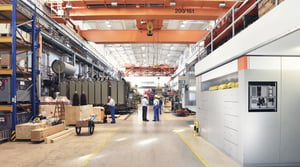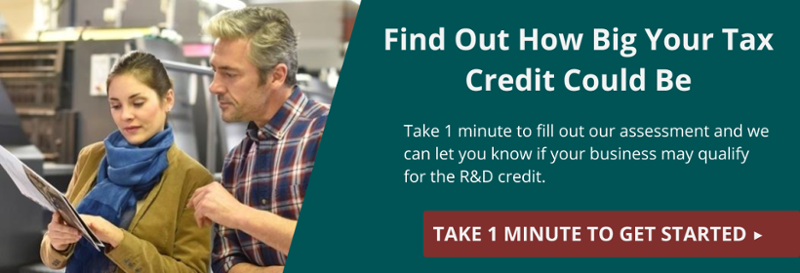
We have helped many organizations take advantage of the R&D Tax Credit, and most of them have reinvested the money they saved on taxes to help optimize their business. So, the initial investment in research and development not only helps the business by virtue of the improved processes, product or technology created, but it also can help provide an influx of cash for a secondary benefit.
Here are just a few of the ways organizations have used their tax savings from the R&D Tax Credit to improve their businesses.
Employee Investment
- An automotive cabling and wire harness company received a $139,000 credit for quoting and designing new products, building new tools, improving processes, executing first-time set-up and trial runs, and completing QA and approval processes. It used the funds to fill key staff positions.
- By quoting and designing new products, improving processes, completing first-time set-up and trial runs, executing QA and approval processes, and designing new improvements to existing equipment – including experimenting with robotics to speed up the process – a precision gasket stamping company earned a $150,000 credit. It used the credit to hire new key positions, which included increasing the capabilities of the engineering department. It also purchased five new pieces of equipment since starting the R&D Tax Credit process.
Process Improvements
- An injection plastic molding company qualified for the credit by quoting and designing new products, building new molds, improving processes, doing first-time set-up and trial runs, conducting QA, and going through approval processes. Their resulting $92,000 credit went towards improving more processes through the acquisition of robotics to unload the presses and a new dryer to help improve future profitability.
- A metal stamping company specializing in draw work received a $250,000 credit after quoting and designing new products, building new tools and improving processes, completing first-time set-up and trial runs, going through QA and approval processes, and designing improvements to existing equipment to speed up the process and separate scrap from parts. The organization used the credit to lease new punch presses and feed lines, and improve the flow through the shop.
Equipment Purchases
- A sheet metal fabrication shop quoted and designed new products, built new tools, improved processes, completed first-time set-up and trial runs, and QC approval process that ultimately netted a $1,300,000 tax credit. They used the credit to purchase a laser, turret, and new press brake to change the way they currently manufacture products. This added more flexibility, reduced waste, and generated more profits.
Watch their story here - MN-based custom manufacturer used the R&D Tax Credit to purchase a new Turret & Press Brake:
- A foundry did all the same R&D activities as the sheet metal fabrication shop plus designed new improvements to existing equipment—including experiments with robotics to speed up the process—to qualify for its $560,000 tax credit. It reinvested the funds in robotics and other new equipment.
Other organizations have used the R&D Tax Credit for technology updates, facility upgrades, and other improvements to help their businesses grow and profit. Find out how the R&D Tax Credit can help your company.





